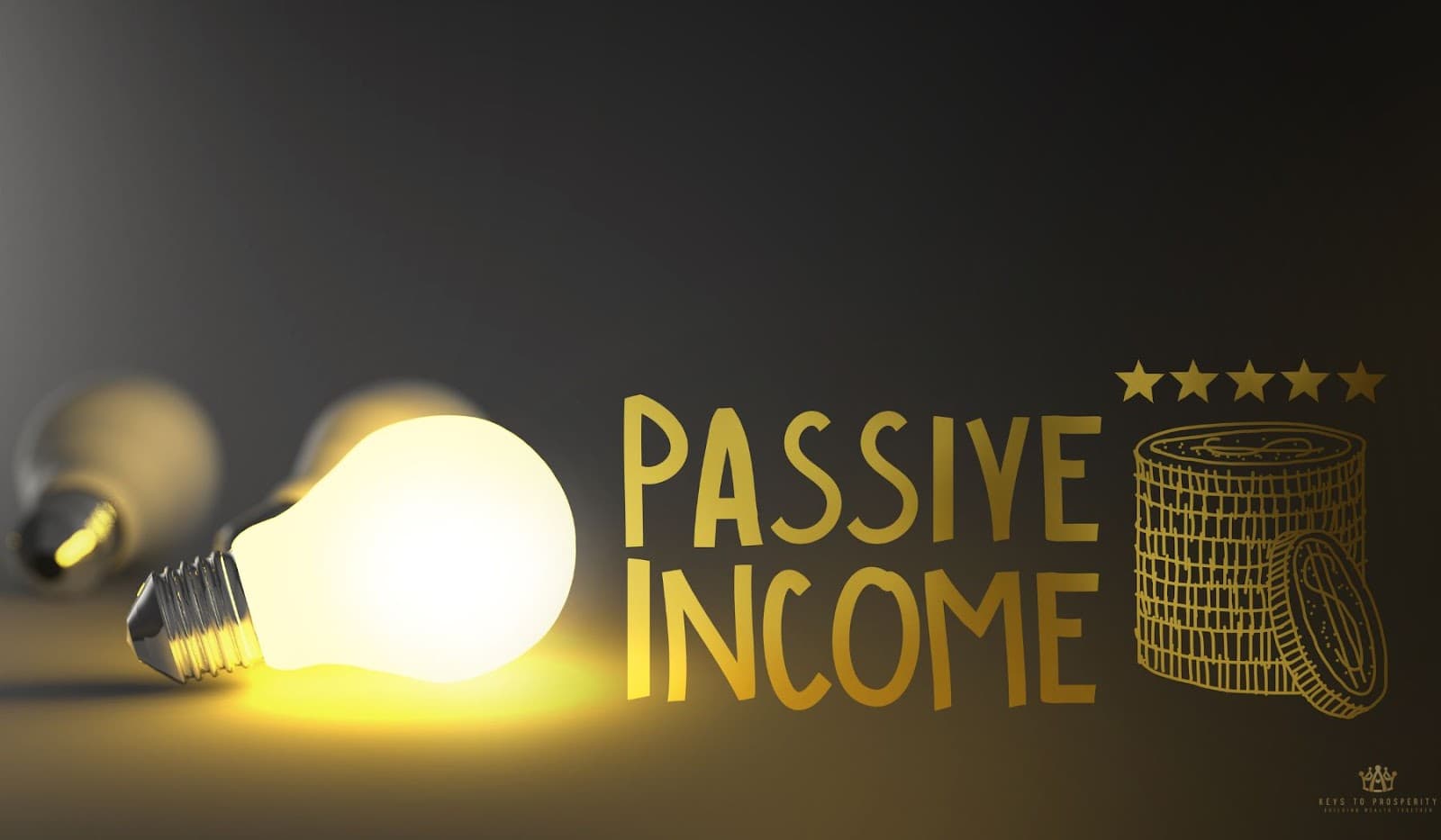
Did you know? Almost 60% of American landlords are gearing up to add new properties to their holdings this year, and big landlords are even more ambitious, with nearly three-quarters planning expansions!
That’s right. The real estate investment landscape is heating up in 2025.
From our experience, those who approach real estate investing with a clear strategy and data-driven decisions tend to see the best returns. So where do you start? How much capital do you need? And how do you ensure steady growth without overextending yourself?
In this guide, we break down the essentials: how to select the right investment properties, secure financing, and manage assets effectively.
You’ll find practical steps to strengthen your real estate property portfolio and build your nest egg through rental income, whether you’re just starting or looking to scale.
For those interested in deeper insights, check out our previous article on portfolio performance benchmarking in commercial real estate and explore our commercial real estate portfolio strategy pillar page for a broader perspective on long-term investment success. We also have a helpful guide on geographic diversification in a commercial real estate portfolio.
Let’s start!
Short Summary
- Building a property portfolio requires strategic planning and understanding of real estate fundamentals
- Starting with one property and establishing clear investment goals sets the foundation for growth
- Effective management includes decisions about self-management vs. hiring property managers
- Tax benefits and portfolio diversification are key advantages of real estate investing
- Growth strategies include leveraging equity, reinvesting rental income, and exploring passive income opportunities
Understanding Property Portfolio Basics
Investing in real estate goes beyond owning a single rental property. A property portfolio is a collection of real estate assets designed to generate rental income, appreciate in value, and provide long-term wealth.
The key advantage here is, more properties mean more income streams, better risk management, and increased tax benefits. But before jumping in, it’s crucial to understand the different property types, financing needs, and investment strategies.
Why A Property Portfolio Beats A Single Investment Property
Owning multiple investment properties spreads risk. If one unit is vacant, the others still generate income. For example, a duplex owner relying on a single tenant feels the financial pinch when that tenant moves out.
With five residential properties, however, one vacancy is just a temporary setback. More properties also mean increased tax benefits like depreciation and mortgage interest deductions, reducing taxable income.

Types of Real Estate Investments to Consider
A successful real estate portfolio includes a mix of:
- Residential properties – Single-family homes, duplexes, and multi-unit buildings. Great for steady rental income.
- Commercial properties – Office spaces, retail buildings, and warehouses. Often higher returns but longer lease cycles.
- Real estate investment trusts (REITs) – A hands-off way to invest in large-scale commercial real estate with shares instead of direct ownership.
For beginners, residential properties are typically the best entry point due to easier financing and management.
How Much Capital Do You Need?
Yes, starting a real estate investment journey requires capital, but not as much as most people think. While cash buyers need significant funds, many investors secure financing. Traditional mortgages, hard money loans, and even cash-out refinance options allow investors to scale.
For example, putting 20% down on a $250,000 rental property means needing $50,000 upfront, which is achievable through savings or leveraging equity from an existing property.
Setting Clear Investment Objectives And Market Research
Jumping into real estate investing without a plan is risky. Investors must define investment goals, whether it’s cash flow, property appreciation, or long-term wealth building. Researching the local market is key.
Understanding market trends, property values, and market demand help investors make informed decisions.
Smart investing starts with clarity. Know what you want, study the numbers, and pick the right properties to grow a successful real estate portfolio.
Steps To Building Your First Real Estate Investment Portfolio
Ready to jump into the world of property investment? Building your first real estate investment portfolio doesn’t have to be complicated.
The journey from dreaming about real estate investing to collecting your first rental income check can be broken down into manageable steps that anyone can follow.
Finding Your First Property
The perfect first property rarely falls into your lap. You’ll need to hustle. For example, we recommend looking for properties in areas with strong job growth and development plans. Multiple properties come from starting with just one good investment!
Consider these key factors when searching:
- Proximity to employment centers
- School district quality
- Crime statistics
- Market trends in the neighborhood
- Future development plans
Identifying Rental Income Potential
Not all properties generate equal income. A beautiful house in a declining neighborhood might be a money pit. Look for properties where the monthly rent covers at least 1% of the purchase price.
For example, a $200,000 house should generate about $2,000 in monthly rental income to be worthwhile.

Financing Your Purchase
Getting the money together is often the biggest hurdle. Traditional mortgages typically require 20-25% down for investment properties. That’s a chunk of change! Hard money loans offer alternatives with lower barriers but higher interest rates.
Some creative options include:
- House hacking (living in one unit while renting others)
- Cash out refinance on your primary residence
- Owner financing where the seller acts as the bank
- Partnerships with family or friends
Evaluating Profitability
Numbers tell the truth about a property’s potential. Calculate all expenses including mortgage payment, property taxes, insurance, property management fees, and maintenance costs. Subtract these from expected rental income to find your cash flow.
Don’t forget to factor in vacancy rates. No property stays rented 100% of the time!
Getting Expert Guidance
Don’t go it alone if you don’t have to. Real estate investment groups provide incredible knowledge and connections. Many successful real estate investors started by tapping into these networks.
Working with experienced real estate professionals can help you avoid costly mistakes that often plague first-timers.
Essential Real Estate Portfolio Management
Once you’ve acquired some investment properties, the real work begins. Managing your real estate portfolio effectively determines whether you’ll enjoy steady growth or face constant headaches.
Good portfolio management isn’t complicated, but it does require attention to key areas that many new investors overlook.
Self-Management Vs. Hiring Professionals
Should you handle tenant calls at midnight or hire someone else to do it? Self-management saves money but consumes time. A property management company typically charges 8-10% of rental income but handles everything from tenant screening to maintenance.
Consider these factors when deciding:
- How many properties you own
- Your proximity to the properties
- Your availability for emergencies
- Your tolerance for tenant interactions
- Your knowledge of landlord-tenant laws
For example, an investor with a full-time job and properties in another state would benefit from professional management, while someone with local properties and handyman skills might do better self-managing.
Tracking Systems For Success
Staying on top of property value changes and market trends isn’t optional – it’s essential. We recommend setting up simple quarterly reviews of comparable sales and rental rates in your areas.
Many real estate investors use spreadsheets to track income, expenses, and property appreciation over time.
Tax Advantages You Can’t Ignore
The tax benefits of real estate investing are substantial! You can deduct mortgage interest, property taxes, insurance, maintenance, and even travel to visit your properties.
The big prize is depreciation – writing off the cost of buildings over 27.5 years, often creating paper losses while your properties generate positive cash flow.
Strategic Diversification For Safety
Never put all your eggs in one basket. Portfolio diversification in real estate means spreading investments across:
- Different neighborhoods
- Various property types (residential properties and commercial properties)
- Price points (affordable to luxury)
- Risk levels (established areas vs. up-and-coming)
Maintenance: The Secret Wealth Protector
Regular maintenance preserves your valuable asset and prevents small problems from becoming expensive disasters. Budget 1-2% of property value annually for maintenance.
For example, a $300,000 property might need $3,000-$6,000 in maintenance each year, including routine upkeep and occasional larger projects like roof repairs or HVAC replacement.
Strategies For Growing Your Property Portfolio
Scaling from one or two properties to a substantial property portfolio doesn’t happen overnight. However, with the right strategies, you can accelerate your growth while minimizing risk.
The key is using what you already have to get more of what you want. That’s how successful real estate investors think!
Leveraging Equity In Existing Properties
Your existing properties contain hidden money! As property values increase and you pay down loans, you build equity. This equity can be tapped through a cash out refinance or home equity line of credit.
For example, a property purchased for $250,000 that’s now worth $350,000 could provide $80,000 in accessible funds (assuming 80% loan-to-value ratio) to use as down payments on additional properties.
Using Rental Income Strategically

Smart investors don’t spend all their rental income on lifestyle upgrades. They save a portion for future investments. Consider this approach:
- 50% for expenses and mortgage payment
- 30% saved toward next property down payment
- 20% for contingencies and maintenance
This method helps you generate income that builds upon itself. Your properties become stepping stones to acquire more properties.
Creating Truly Passive Income Streams
As your real estate portfolio grows, shift toward more passive income opportunities. Real estate investment trusts (REITs) let you own shares of income-producing properties without management hassles.
Online real estate platforms offer similar benefits for accredited investors with lower minimums than traditional commercial real estate investments.
Balancing Debt And Cash Flow
Mortgage interest is a necessary cost, but too much can sink your ship. Focus on maintaining positive cash flow from each property, even if it means slower growth.
A portfolio generating $500 monthly per property provides better financial security than one with razor-thin margins, even if the latter is larger.
Evolving Your Investment Strategy
What works for three properties might not work for thirty. As you grow, you’ll likely need to:
- Form a dedicated business entity
- Hire professional property management
- Develop relationships with contractors
- Consider real estate professionals as partners
- Scale your investment strategy for efficiency
The most successful portfolios adapt as market conditions and investor capabilities change.
Final Thoughts
Building a property portfolio takes time, patience, and strategic thinking – but the rewards make it worth every effort. Start small, learn from each purchase, and gradually expand your holdings as your confidence grows.
Remember that even seasoned real estate investors face challenges, so don’t get discouraged by initial setbacks. Ready to take the next step? Explore more expert insights and resources on our homepage to make the most of your investments.

Frequently Asked Questions
How Much Money Do I Need To Start Building A Property Portfolio?
You can begin with as little as 3-5% down for an owner-occupied property (house hacking) or typically 20-25% down for a pure investment property. Many successful investors started with modest savings of $20,000-$50,000 for their first property down payment and closing costs.
Is It Better To Self-Manage Properties Or Hire A Property Management Company?
The answer depends on your time availability, proximity to your properties, and personal skills.
Self-management saves 8-10% in management fees but requires significant time investment and availability for tenant issues, while professional management offers convenience but cuts into your cash flow.
How Can I Finance Additional Properties After Buying My First One?
Once you’ve owned your first property for 6-12 months with good payment history, you can explore cash-out refinancing, home equity lines of credit, or using saved rental income for down payments.
Some investors also form partnerships or utilize seller financing to expand without traditional bank loans.
What’s The Best Way To Minimize Risk When Building A Property Portfolio?
Diversify your holdings across different neighborhoods, property types, and price points to protect against localized market downturns.
Always maintain adequate cash reserves (3-6 months of expenses per property), conduct thorough due diligence before purchasing, and focus on properties with strong cash flow rather than speculating solely on appreciation.






